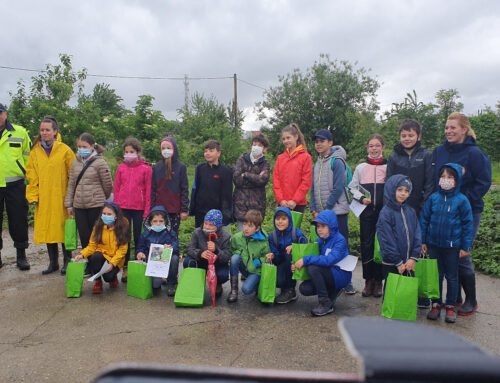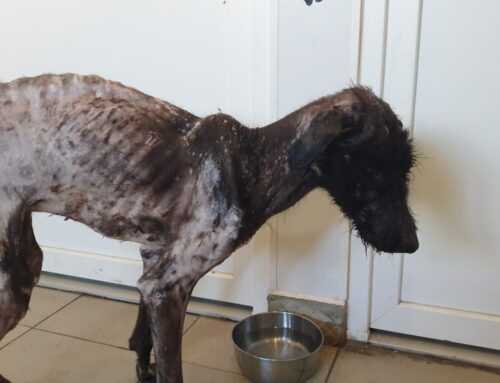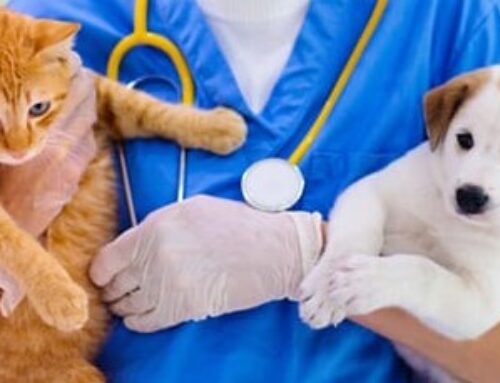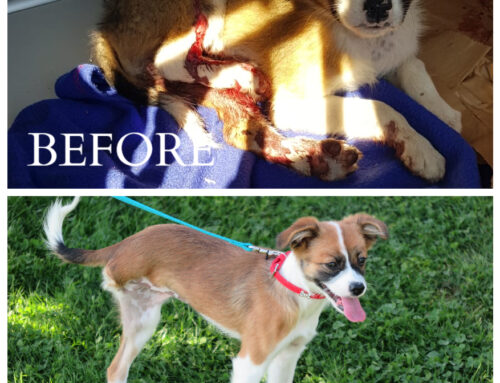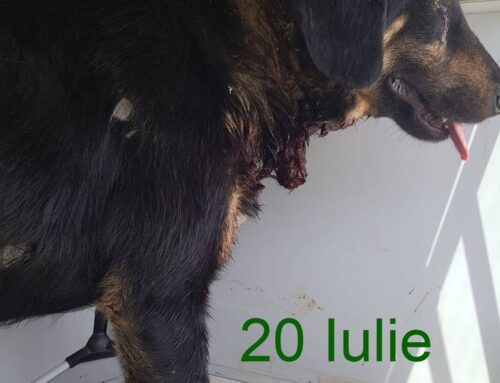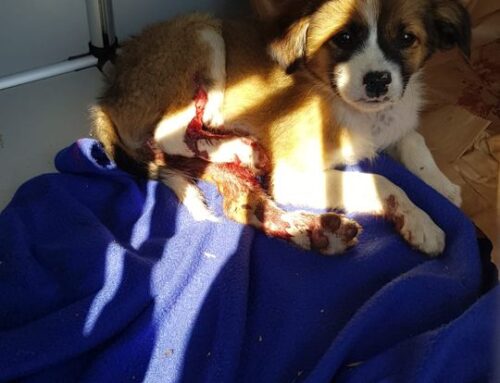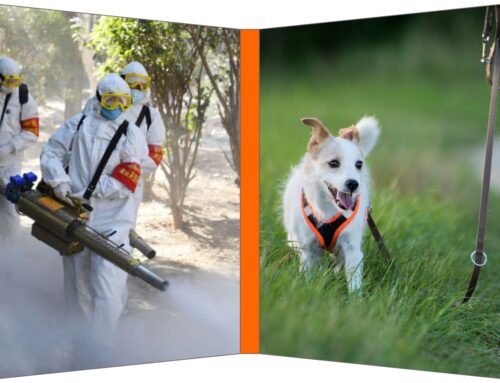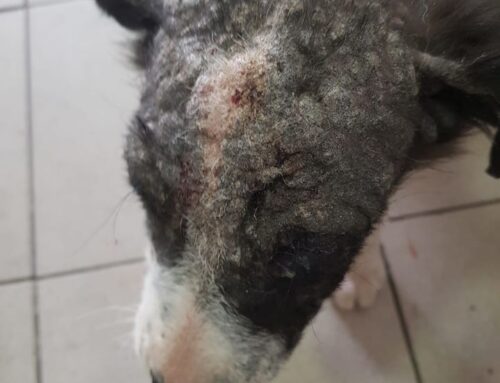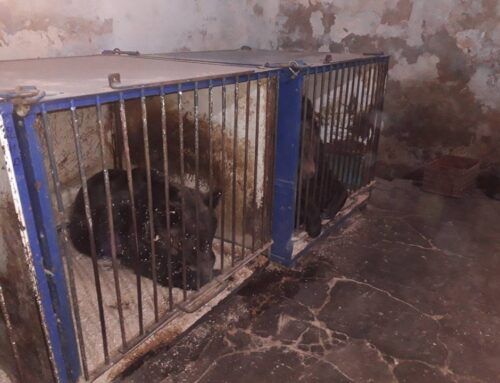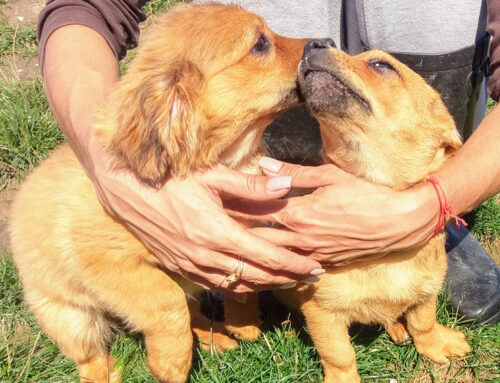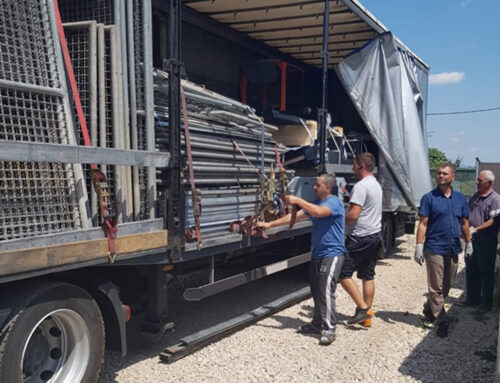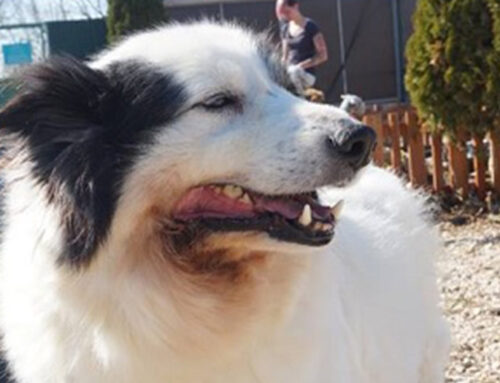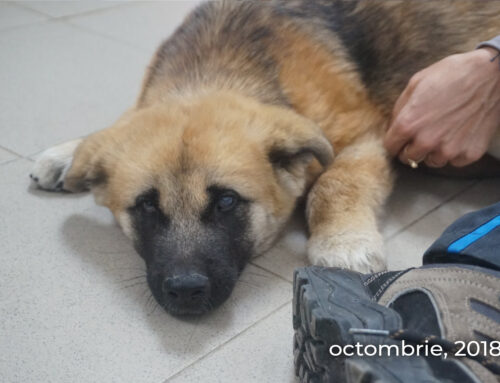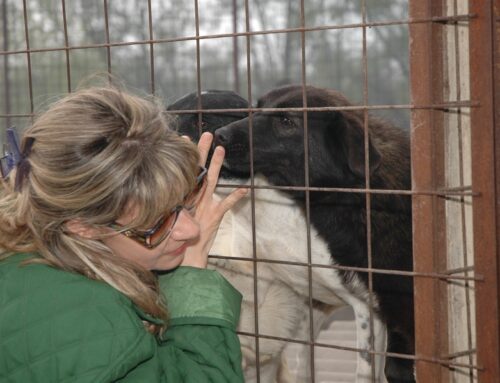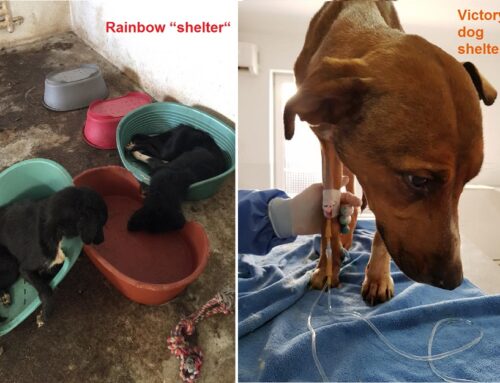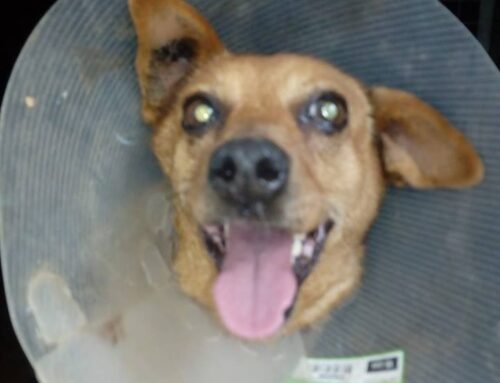
In former factories, large company headquarters, or on existing platforms and in industrial parks, you can see as many stray dogs as you would in the fields. Usually, these ”industrial dogs” are protected and fed by employees, but the most recent case is an exception. In the vast courtyard of a company, ten dogs were struggling to survive. ”They were eating flour—this is how weak and hungry they were,” says Brandusa Popa, co-administrator of the public shelter in Stupini. The mother dog was trying to protect her puppies, who survived for two months. In a rusty cage, the body of a puppy certifies the lack of reaction on the part of the company’s adminstrators. The Public Service of Animal Management took over the animals, and after their sterilization and medical treatment, returned five of them. ”Dogs are being returned due to the lack of space in the shelters. Sterilized dogs can’t multiply, and at the same time, they don’t allow other dogs to shelter or breed in the area,” said Popa. Legally, the administrators of industrial areas are the owners of the dogs, even if they don’t assume any liability in writing. Under current laws, the owners are forced to sterilize and microchip their animals.
Call for sterilization!
AMP has intervened over time in almost all industrial and commercial areas to prevent the spread of stray dogs. There have also been a few cases in which those responsible for the industrial area mobilized in time and asked for help. ”To spare the dogs from suffering and stop their pointless multiplication, AMP urges commercial and industrial administrations to reinforce their fences, preventing new dogs from entering the site. The dogs that are already present must be sterilized, and those who are gentle and obedient should be kept for security,” says AMP president Cristina Lapis.




